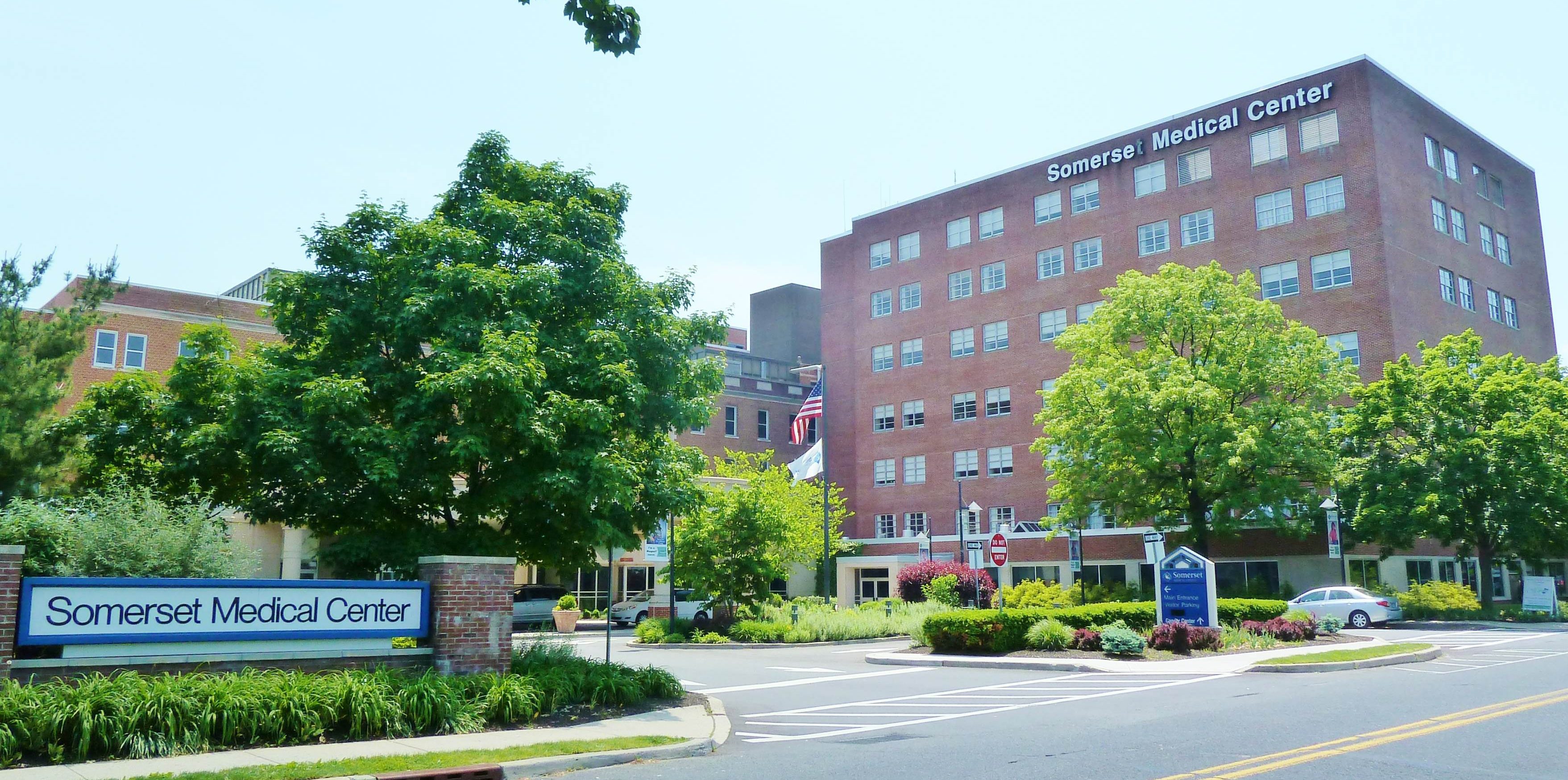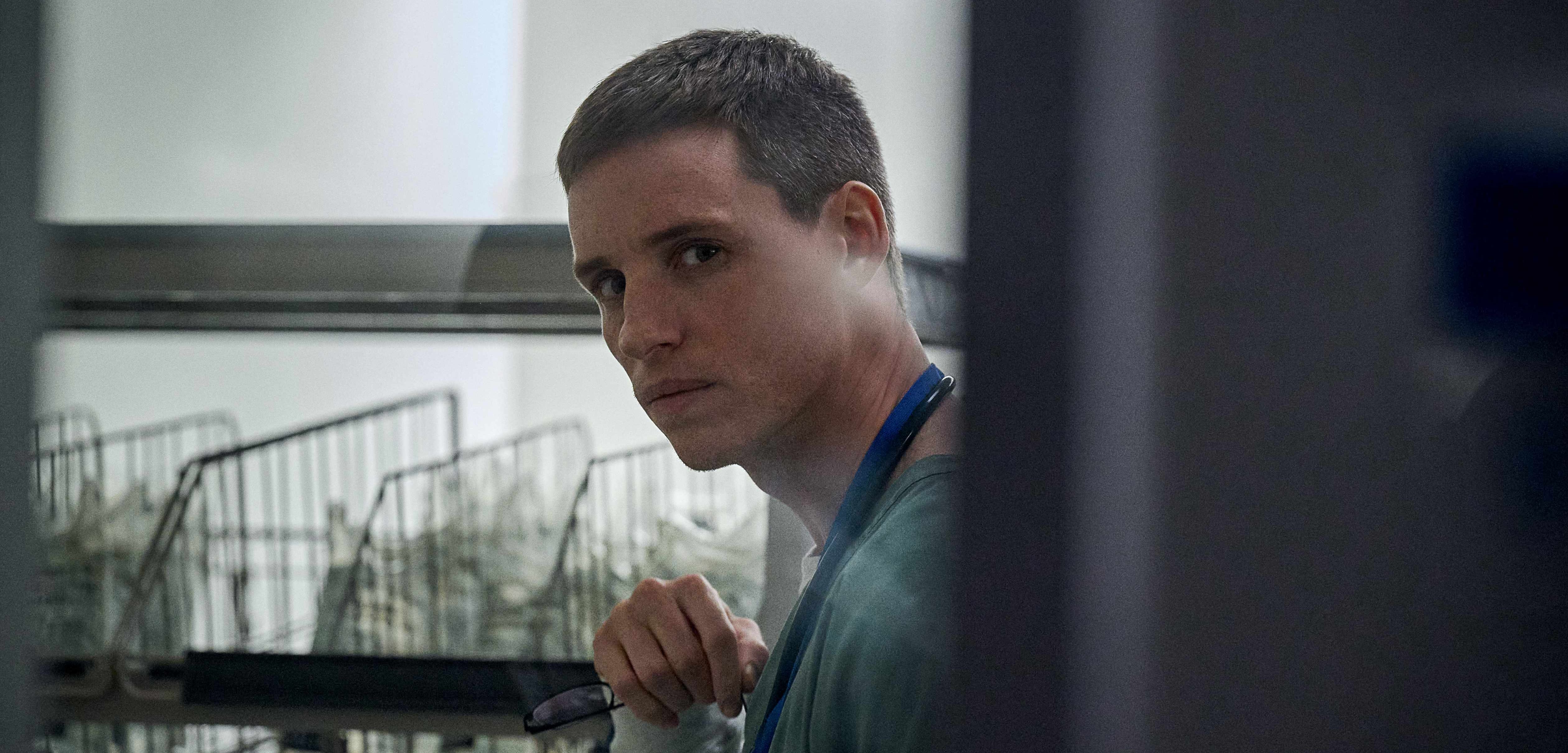Netflix’s crime film ‘The Good Nurse’ revolves around Charles “Charlie” Cullen, a nurse who has been killing patients in the hospitals he had and has been working. After joining Parkfield Memorial Hospital, Cullen gets acquainted with Amy Loughren, his new colleague at the critical care unit of the hospital.
When two unnatural deaths happen in the hospital, with high insulin rates detected in both dead bodies, Amy starts to suspect Cullen’s involvement in the same and joins detectives Braun and Baldwin to solve the case. Since the film is almost entirely set in Parkfield Memorial, the viewers may want to know whether such a hospital really exists in New Jersey. Well, let us share what we know!
Parkfield Memorial is a Fictional Representation of Somerset Medical Center
In the film, Parkfield Memorial is the last hospital where Cullen kills the patients. However, neither is there a hospital named Parkfield Memorial in New Jersey nor had Cullen ever worked on one. The hospital is a fictionalized version of Somerset Medical Center, situated in the borough of Somerville in New Jersey. The hospital was founded at a house on Main Street in 1901 as a 12-bed facility with a staff of 10 doctors. Cullen joined the hospital in September 2002 as a new nurse in the critical care unit of the hospital.

The officials of Somerset started to worry about the unnatural deaths that had been happening in the hospital after the death of the Rev. Florian Gall, who got admitted to the hospital nearly nine months to the day after Charlie’s own arrival on the unit. Gall was the fourth patient whose death was deemed unnatural. Somerset then contacted New Jersey Poison Control Center. According to Charles Graeber’s eponymous source text of the film, Somerset hospital officials wanted to deal with the predicament internally.
Poison Control director Dr. Steven Marcus instructed the hospital to report the incidents to the state, but the hospital wasn’t keen on doing the same. “Marcus was told by Somerset that until they’d mounted a thorough investigation, they were not planning on reporting them to anyone: not the New Jersey Department of Health and Senior Services (commonly known as the DOH), and not the police,” Graeber wrote in his book. Without waiting for the hospital, Marcus reported the same himself to the DOH, forcing the hospital to report the death of their four patients.
Somerset soon found out that Cullen had ordered digoxin, which was present in two of the four dead bodies, and canceled the order, arousing suspicion. But the hospital officials didn’t do anything more than interrogate him. By the time detectives Tim Braun and Danny Baldwin were involved, the death count had risen to five and a sixth patient was under observation. “All six patients had ‘unexplainable, abnormal laboratory findings’ and ‘life-threatening symptoms,’ and five of those patients were now dead,” Braun and Baldwin were briefed, as per Graeber’s book.
The detectives then waited for all the documents Somerset had after their internal investigation. All that arrived were the five photocopied pages of a single faxed memo rather than an investigation report. In October 2003, Somerset fired Cullen for lying on his job application. He was eventually arrested. Cullen had killed at least 13 patients while working at Somerset Medical Center. According to Graeber’s book, “sixteen murders were ultimately confirmed from just the last six months of Cullen’s career” in Somerset. It can be practically impossible to find the exact number of Cullen’s somerset victims.
In 2008, Somerset joined Cullen’s multiple former workplaces to pay an undisclosed sum to put an end to the wrongful-death lawsuits filed on behalf of 22 victims. In June 2014, the hospital merged with Robert Wood Johnson University Hospital in New Brunswick, New Jersey, and was renamed to its present name, Robert Wood Johnson University Hospital.
Read More: Why Did Charles Cullen Kill the Patients? Theories


You must be logged in to post a comment.